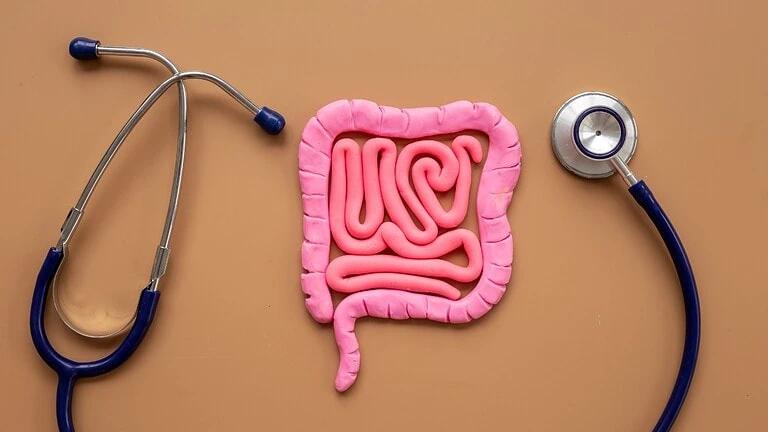When we think about staying healthy, exercise is usually the first prescription. It builds muscle, improves energy, protects the heart, and even supports brain health. But what happens when exercise isn’t possible, due to age, injury, or illness?
That’s where SLU-PP-332 comes into the picture. Researchers at Washington University School of Medicine in St. Louis have been working on this compound for nearly a decade. Early findings suggest it could one day mimic some of the cellular benefits of exercise, offering hope for conditions like muscle atrophy, obesity, and metabolic disease.
What is SLU-PP-332?
- SLU-PP-332 is a synthetic small molecule developed to activate estrogen-related receptors (ERRs).
- ERRs are “orphan” nuclear receptors that regulate how cells produce and use energy.
- Unlike classical estrogen receptors, ERRs don’t respond to estrogen, but they play a major role in mitochondrial function, energy metabolism, and muscle health.
How Does SLU-PP-332 Work?
Think of SLU-PP-332 as a “metabolic switch.” When activated:
- Mitochondria (the cell’s power plants) become more efficient.
- Fatigue-resistant muscle fibers increase, similar to endurance training.
- Cellular respiration improves, allowing muscles to use oxygen more effectively.
In other words, it gives cells some of the same signals they would get from exercise.
What Have Studies Shown?
In animal studies, SLU-PP-332:
- Increased endurance in treadmill-running mice.
- Promoted development of slow-twitch (fatigue-resistant) muscle fibers.
- Counteracted features of metabolic syndrome, including poor glucose handling and excess fat storage.
- Suggested protective effects against heart failure, kidney decline, and age-related metabolic loss (when optimized versions were tested).
Is SLU-PP-332 a Drug Yet?
No, it’s still in the preclinical research stage.
- Current findings are from cell culture and mouse experiments.
- Researchers are now working on more stable, potent, and brain-penetrating molecules.
- Clinical testing in humans has not yet begun.
Why SLU-PP-332 Matters
- For people who can’t exercise: Those with cancer, genetic muscle conditions, or advanced age could benefit.
- For metabolic health: It could complement therapies for obesity and type 2 diabetes.
- For science: It provides a powerful research tool to study ERR biology and energy regulation.
Q&A About SLU-PP-332
Q: What is SLU-PP-332?
A: It’s a laboratory compound that activates estrogen-related receptors (ERRs), mimicking some of the cellular benefits of exercise.
Q: Can SLU-PP-332 replace physical exercise?
A: No. Researchers stress that exercise provides wide-ranging benefits that no pill can fully replace. SLU-PP-332 is designed as an option for people unable to exercise.
Q: Is SLU-PP-332 safe for humans?
A: It has not been tested in humans yet. Current evidence is limited to animal and cell studies.
Q: What conditions could it help with?
A: Research suggests potential applications in muscle atrophy, metabolic syndrome, obesity, and possibly neurodegenerative disease, though more studies are needed.
Q: Who is leading the research?
A: The project is led by Bahaa Elgendy, PhD, professor at Washington University School of Medicine in St. Louis.
Sources
- American Chemical Society (ACS) Press Release (2024). Mimicking exercise with a pill. Read here
- Billon C, et al. (2024). Targeting estrogen-related receptors with small-molecule agonists improves muscle function. Proceedings of the National Academy of Sciences (PNAS). Full text on PubMed Central



